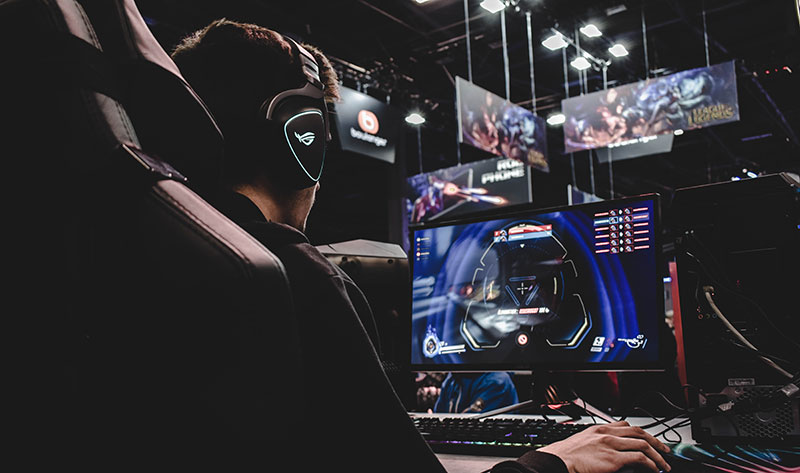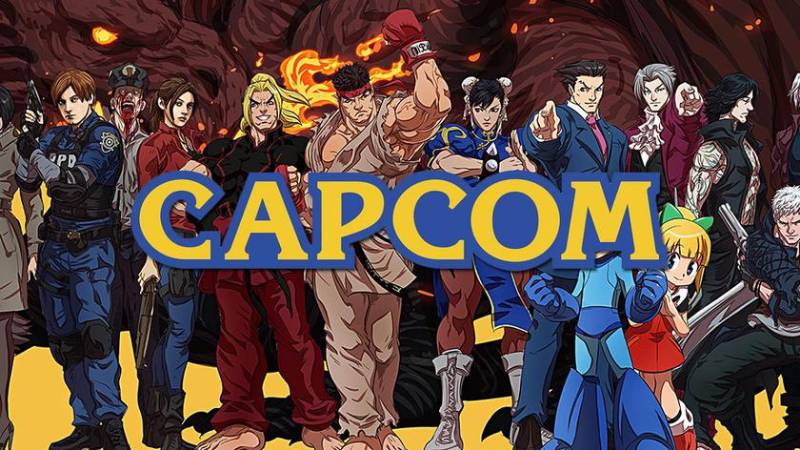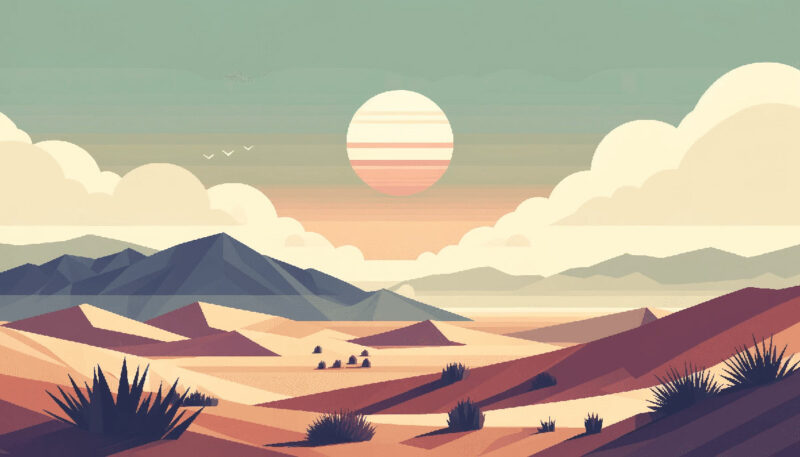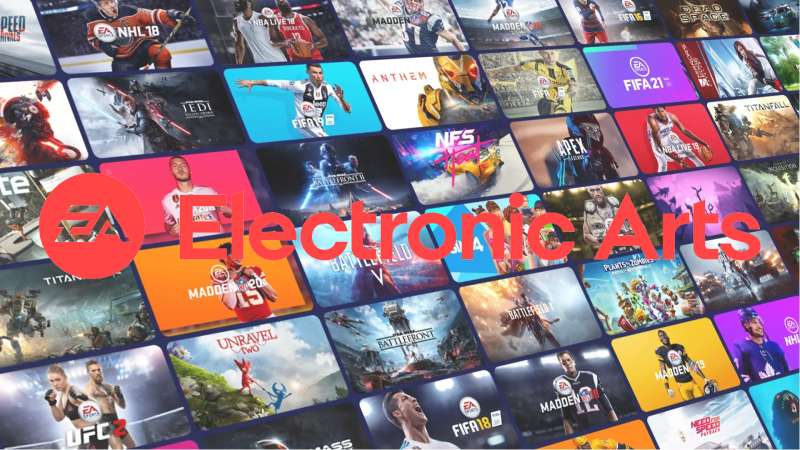Immerse yourself in a world where imagination meets interactivity. That’s the life of a game designer—a fusion of storyteller, architect, and visionary all rolled into one.
Crafting experiences that captivate and challenge is more than mere child’s play; it’s the heartbeat of an industry that beckons with boundless possibility.
Diving into game development can seem like navigating uncharted waters, but fear not. Whether you’re plotting the next indie breakout or eyeing the stirring narratives of AAA titans, the quest begins here.
With each line of code, every brushstroke on a canvas of pixels, you inch closer to breathing life into your creations.
This article lays out your design journey—a treasure map to harnessing the skills, from character creation to level design, that’ll arm you with the essential toolbox of a contemporary game designer.
You’ll emerge with a game design portfolio that speaks volumes, a deep understanding of game mechanics, and the insider know-how to navigate the video game industry. Welcome to your first level—the spawn point of your future.
Understanding the Role of a Video Game Designer

Becoming a video game designer is like being handed the keys to your very own universe. You get to decide what happens, who it happens to, and how. It’s not just about making things look good, although that’s definitely a part of it. It’s also about making things make sense.
As a game designer, your playground is the mechanics and rules of the game. You’re designing levels, creating characters, and scripting events. You’re working with artists, programmers, and other professionals, to ensure the game is as immersive and enjoyable as possible.
Difference between a Video Game Designer and a Video Game Developer
You might be thinking, isn’t a video game designer the same as a video game developer? Not quite. While both roles are vital in the process of making a game, there are key differences.
A video game designer is the visionary. They create the concept of the game, defining how it will work and what it will look like. A video game developer, on the other hand, is more like the builder.
They take the designer’s vision and turn it into reality, writing the code that makes the game function.
So, in your journey on how to become a game designer, remember, it’s not just about code, it’s also about creative vision.
Essential Skills for a Video Game Designer
Technical Skills
Programming Languages
Let’s talk tech. If you want to understand how to become a game designer, you need to know a thing or two about programming languages.
It’s like learning the language of the world you’re creating. C++, Java, Python, you name it – these can be your paintbrushes, allowing you to bring your ideas to life.
Game Design Tools and Software

In addition to programming languages, it’s crucial to get comfortable with game design tools and software.
Tools like Unity and Unreal Engine can be your best friends, helping you mold your ideas into tangible experiences.
Soft Skills
Creativity and Innovation
Creativity and innovation are the lifeblood of game design. Remember, you’re not just making a game; you’re creating an experience.
You’re telling a story. So, bring out your unique ideas, try something new, make your game a mirror of your creativity.
Problem-Solving
Games, at their core, are all about problem-solving. As a game designer, you need to have a knack for puzzles, a mind that can twist and turn to find solutions.
That’s what will help you create compelling, engaging game mechanics.
Teamwork and Communication
Game design is not a one-man show. It involves working with various professionals – artists, programmers, sound designers.
Having good teamwork and communication skills is essential to ensuring smooth collaboration and realizing your vision.
Building a Strong Foundation in Game Design

To become a great chef, you must taste a lot of dishes.
Similarly, if you want to know how to become a game designer, you need to play a lot of games. It’s not just for fun (although that’s a big perk), but to learn – to understand what works, what doesn’t, and why.
Analyzing Different Game Design Elements
Just playing games isn’t enough. You need to analyze them. Look at different game design elements – the mechanics, the story, the aesthetics.
See how they all come together to create the gaming experience. Take notes, understand, absorb. It’s all part of the process of becoming a game designer.
Educational Pathways to Becoming a Video Game Designer
Degree Programs Relevant to Game Design
While you don’t strictly need a degree to break into the game design world, it can certainly help.
Programs in computer science, graphic design, or even specific game design degrees can arm you with useful knowledge and skills.
Studying how to become a game designer in an academic setting can also give you the chance to work on collaborative projects, getting a feel for what it’s like to work in a team just like you would in the industry.
Importance of a Formal Education in Game Design
While there are plenty of self-taught game designers out there, formal education has its benefits.
You get to learn from professionals, get hands-on experience, and make connections that could be invaluable in the future.
Remember, education is not just about the knowledge you gain, it’s about the people you meet and the experiences you have.
Gaining Practical Experience
Now, let’s talk about getting your hands dirty. If you’re serious about understanding how to become a game designer, then you need to get some practical experience.
Start by building a portfolio. Create games, whether they’re simple or complex, and showcase them. A portfolio is a way to show what you can do, not just talk about it. It’s a tangible proof of your skills, creativity, and commitment.
Internships and Entry-Level Jobs in Game Design
Internships and entry-level jobs can be a great stepping stone into the industry. These positions can give you a glimpse into the world of game design and provide you with valuable real-world experience.
While the work might be challenging and the hours long, the learning and the connections you make can be invaluable.
Career Opportunities in Video Game Design
Various Roles in the Video Game Industry
The video game industry is not just about designers and developers. There are many other roles you can explore, from game testers and sound designers to producers and marketing professionals.
Each role plays a vital part in bringing a game to life. So, as you learn how to become a game designer, don’t limit yourself.
Explore different roles and find the one that fits your passion and skills.
Salary Expectations and Job Outlook

Video game designers can earn a decent living, with the potential for more as you gain experience and make a name for yourself.
The industry is booming, and with new technologies and platforms emerging, the demand for creative and skilled game designers is only set to increase.
Continuing Education and Professional Development
In the world of game design, the learning never stops. Technologies change, trends come and go, and player expectations evolve.
Staying updated and constantly upskilling is not just a suggestion, it’s a necessity.
Online Courses and Certifications for Game Designers
There’s a wealth of resources out there to help you continue learning.
Lots of online courses, certifications, webinars, podcasts – the list goes on.
Make use of these resources, learn new skills, stay on top of trends. Remember, in the world of game design, you’re either moving forward or falling behind.
FAQ On How To Become A Game Designer
Do I need a degree to become a game designer?
Certainly helps, I won’t lie. A game design degree can open doors, providing structured learning and key industry insights. However, passion, skill, and a killer portfolio can also swing it.
Dive deep into modding communities, design indie projects or take online courses. Credentials are great; what you make matters more.
What skills are essential for a game designer?
It’s a mixed bag of goodies here. Game mechanics and level design are your bread and butter. Add a dash of programming, storyboarding, and UX/UI understanding.
Don’t overlook soft skills—communication, problem-solving, and teamwork. They’re the secret sauce in a field where collaboration is king.
Can I teach myself game design?
Absolutely, you can. The internet’s bursting with resources—online game design education, tutorials, and communities. Game design software tools often come with free versions and extensive guides.
Remember, self-teaching demands discipline; you’ve got to be both student and taskmaster.
How important is coding in game design?
Coding’s the spellbook of game design. While not every designer casts in C++ or Java, knowing how to script can work wonders.
It adds depth to your game development toolkit, allows you to prototype your ideas, and speak the same lingo as the dev team. Yet, some roles focus more on the art, narrative, or game mechanics.
What’s the best game design software to learn?
Unity and Unreal Engine shine as the twin stars—flexible, powerful, and industry-loved. Dive into either and you’ll be leagues ahead. For the artistic touch, master digital art software like Blender or Photoshop. Different tools for different roles, but these are solid starters.
How do I build a game design portfolio?
Showcase diverse projects—from mobile games to story-rich RPGs. Include your best artwork, levels, or even code snippets. Tailor it to the job you want but keep it versatile. Portfolios are your visual resumé, your holler across the digital landscape saying, “Hey, I’ve got the chops!”
Is game design just about creating video games?
It’s that, but think broader—virtual reality, educational software, even augmented reality experiences for marketing campaigns. Game design skills transcend traditional video game consoles; they’re about crafting interactions and engagement, regardless of the platform.
What is the average salary for a game designer?
It’s a spectrum; depends on your experience, location, and the type of games you’re involved in. Starting out, it could be modest, but climb that ladder, add a few years, and you could be looking at a comfortable salary. Like any other job—you level up, so does your gold.
How do I get my first job in game design?
Connections are key—network at gaming conferences, share your work on social media, and consider internships.
The game industry values proactive go-getters; bonus points if your game design portfolio is polished. Small studios can offer a foot in the door; don’t shy away from those.
How is the game design industry changing?
It’s an ever-evolving beast, driven by new tech and shifting player expectations. Think mobile game development, the rise of esports, and the push toward more immersive experiences. Staying agile and hungry to learn is crucial—adapt or get left behind.
Conclusion
Venturing into the realm of game design is like unlocking a new level where creativity roams free and every challenge is a boss battle worth tackling. The blueprint you’ve just navigated, it’s more than words; it’s a rally to action. How to become a game designer isn’t a one-size-fits-all path.
- Be ravenous for those skillsets.
- Code, design, repeat.
- Network like you’re collecting rare achievements.
- Keep pounding on the door, portfolio in hand, until the industry welcomes you in.
And hey, the game industry’s changing fast. Stay alert. Keep learning.
Believe this—your seat at the dev table isn’t just a dream. It’s there, clear as day, waiting for that mix of tenacity and talent you’re packing. Here’s to creating worlds that’ll enchant and challenge, to designing the next digital frontier. Ready player one? Your adventure’s just begun.
If you liked this article on how to become a game designer, you can check out this one with video game fonts.
- After Dark: Night Color Palettes for Mysterious Designs - 27 April 2024
- The Capcom Logo History, Colors, Font, And Meaning - 26 April 2024
- Earth Color Palettes Grounded in Nature: 40 Examples - 26 April 2024







